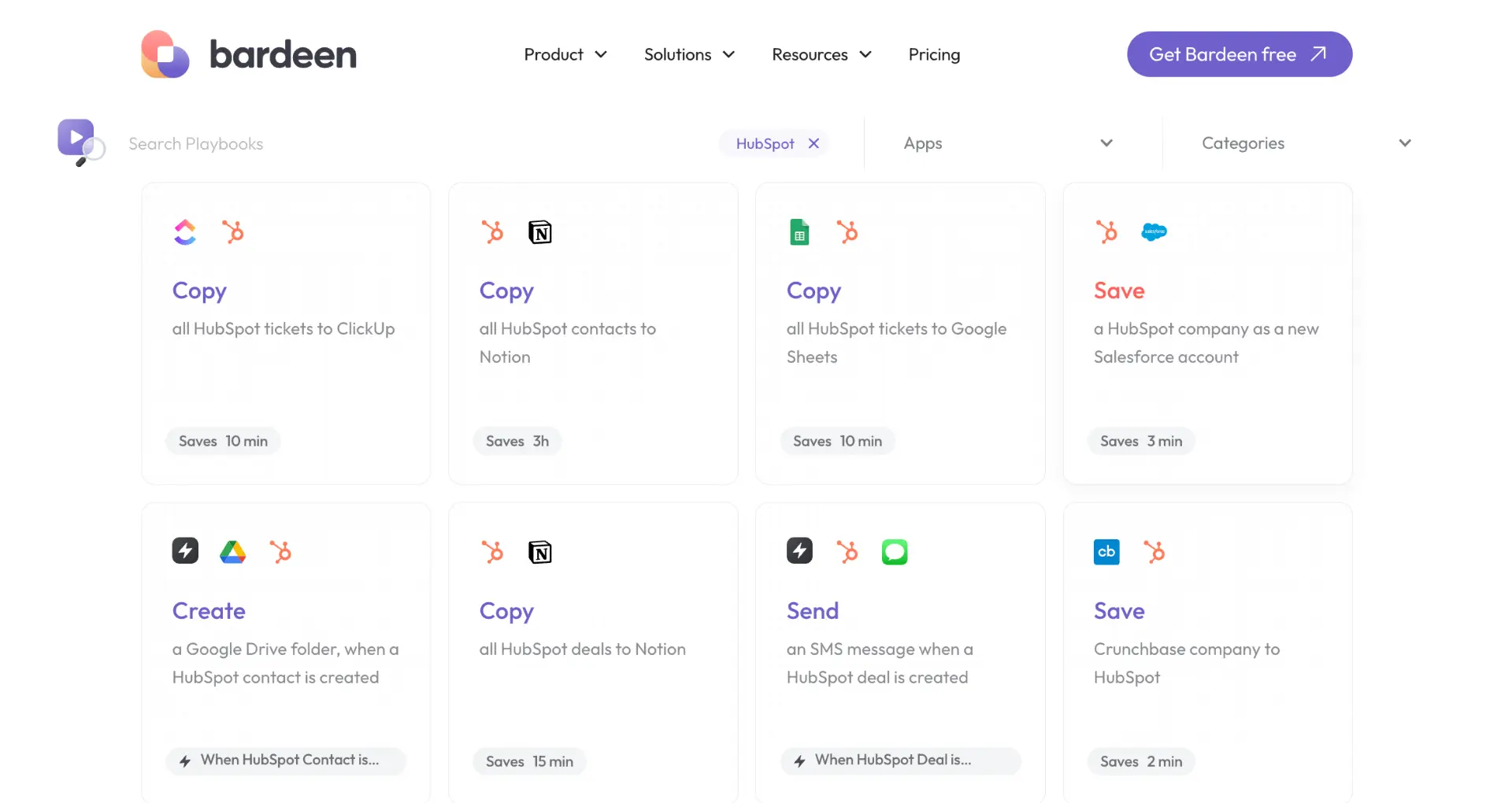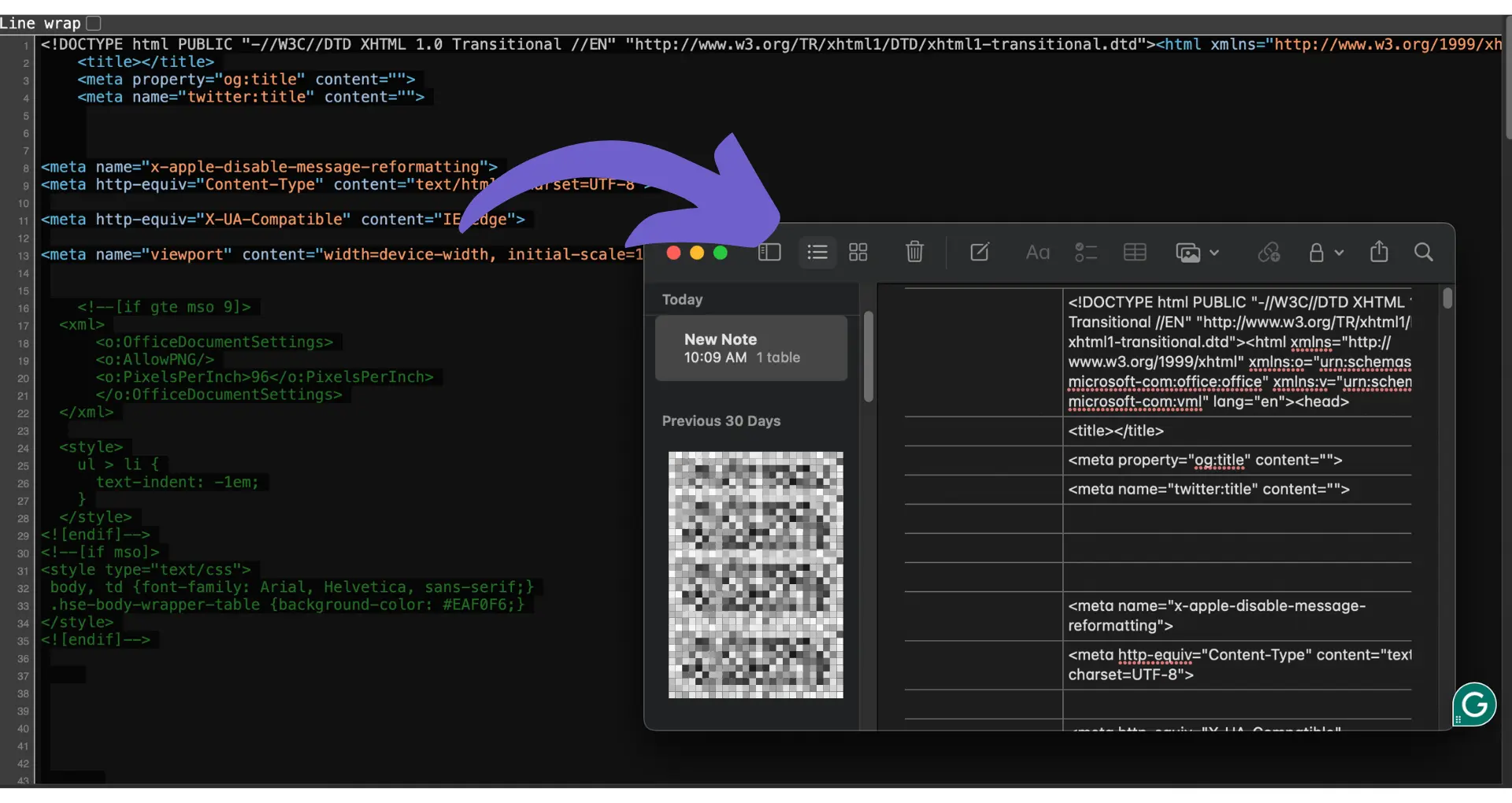Personalizing your email with a custom domain name in Outlook can add a professional touch to your communications. In this step-by-step guide, we'll walk you through the process of setting up a personalized email address in Microsoft 365, integrating your domain with Outlook.com, and managing your settings. We'll also cover troubleshooting common issues and maintaining access and security for your personalized email.
Setting Up Your Microsoft 365 Personalized Email Address
To set up a personalized email address within the Microsoft 365 framework, you'll need an active Microsoft 365 subscription. Eligibility for this feature depends on your subscription type and market availability. Here's what you need to know:
- Microsoft 365 Family subscriptions support personalized email addresses, but this option isn't available in all markets.
- Starting November 30, 2023, Microsoft 365 subscribers will no longer be able to create new email addresses for personalized domains associated with their Outlook.com mailboxes.
Once you've confirmed your eligibility, follow these steps to get started:
- Sign in to your premium feature settings in Outlook.com.
- Under "Personalized email address," select "Get Started."
- If you have a Microsoft 365 Family subscription, people you've shared the subscription with can also set up personalized email addresses using your connected domain.
After setting up your domain, your personalized email address will be linked to your Outlook.com mailbox, and all emails sent to this address will be delivered to the same inbox. For more efficient management, consider using AI-powered email tools.
Integrating Your Domain with Outlook.com
To connect your GoDaddy-purchased domain to Outlook.com for personalized email usage, you'll need to update your domain's DNS settings. Here's a step-by-step guide:
- Sign in to your GoDaddy account and navigate to the DNS Management page for your domain.
- Locate the section for adding DNS records, typically called "DNS Zone File" or "DNS Records."
- Add a new CNAME record with the following details:
- Host: @
- Points to: outlook.com
- TTL: 1 hour (or the lowest available value)
- Save the CNAME record.
- Next, add the necessary MX records provided by Microsoft. These records should look similar to:
- Host: @
- Points to: outlook-com.olc.protection.outlook.com
- Priority: 10
- TTL: 1 hour (or the lowest available value)
- Save the MX records.
It's crucial to ensure that your nameservers and CNAME records are correctly configured to point to Outlook.com. This allows Microsoft to handle your domain's email routing and enables the personalized email feature.
If you want to streamline your email management further, consider using AI to generate personalized emails. After updating your DNS settings, allow up to 48 hours for the changes to propagate across the internet. Once propagation is complete, you can manage your personalized email settings within Outlook.com.
Want to save even more time? Use Bardeen to connect Microsoft Excel and automate those repetitive tasks. It's quick and needs no coding.
Managing Your Personalized Email Settings
Once your domain is connected to Outlook.com, you can manage your personalized email settings, including selecting the default "From" address. Here's how:
- Sign in to your Outlook.com account.
- Click on the Settings icon (gear) in the top-right corner and select "View all Outlook settings."
- In the Settings menu, navigate to "Mail" and then "Sync email."
- Under "Manage your email aliases," you'll see your connected domain and the option to choose your default "From" address.
- Select your desired default address from the dropdown menu and click "Save."
By setting your default "From" address, you ensure that new messages you compose will be sent using your personalized email address. However, when replying to or forwarding messages, Outlook will automatically use the address the original message was sent to.
It's important to note that changing your default "From" address only affects new messages you compose. Existing messages in your inbox will still display the original "From" address they were sent to. For more automation, consider using tools that automate outreach and follow-up processes.
Troubleshooting Common Issues with Personalized Emails
While setting up and using personalized emails in Outlook.com is generally straightforward, you may encounter some common issues. Here are a few problems and their solutions:
- Domain connection status errors: If your domain isn't properly connected to Outlook.com, you may see an error message. Double-check your DNS settings, ensuring that your nameservers and CNAME records are correctly configured. If the issue persists, contact your domain registrar for assistance.
- Email alias creation errors: When adding a new email alias, you might encounter an error if the alias is already in use or contains invalid characters. Ensure that your desired alias is unique and follows the required format. If you continue to face issues, try creating the alias directly in your Microsoft account settings.
- Emails not sending or receiving: If you're unable to send or receive emails from your personalized address, first check that your domain is still properly connected. If it is, review your email forwarding settings and ensure that your Outlook.com mailbox is set to receive messages sent to your domain email address.
Save time troubleshooting common email issues by using Bardeen's automation tools to streamline your workflow.
If you've followed the troubleshooting steps and are still experiencing issues, consider reaching out to Microsoft support for further assistance. They can help you diagnose and resolve any persistent problems with your personalized email setup. For more on sales-related email issues, check out our guide on cold outreach strategies to improve your campaigns.
Maintaining Access and Security for Your Personalized Email
To ensure uninterrupted access to your personalized email, it's crucial to keep your Microsoft 365 subscription and domain registration active. Here's what you need to do:
- Renew your Microsoft 365 subscription before it expires to maintain access to your personalized email address. If your subscription lapses, you won't be able to send or receive emails using your custom domain.
- Keep your domain registration active with GoDaddy. If you fail to renew your domain, you risk losing ownership, and the new owner could potentially access emails sent to your personalized address.
When it comes to security, it's important to note that Outlook.com currently does not support DKIM (DomainKeys Identified Mail) or DMARC (Domain-based Message Authentication, Reporting, and Conformance). These protocols help prevent email spoofing and phishing attempts. However, Outlook.com still provides a secure email experience through other measures:
- Outlook.com uses opportunistic Transport Layer Security (TLS) to encrypt the connection with the recipient's email provider.
- If you have a Microsoft 365 subscription, you can use the built-in encryption options to keep your messages and attachments secure.
While the lack of DKIM and DMARC support may concern some users, Microsoft is continually working to enhance the security of its email services. By staying vigilant and following best practices, such as keeping your software up-to-date and being cautious when opening attachments or clicking links from unknown senders, you can help protect your personalized email account. For more tips on securing your data, check out how to integrate Google Drive with other apps.






